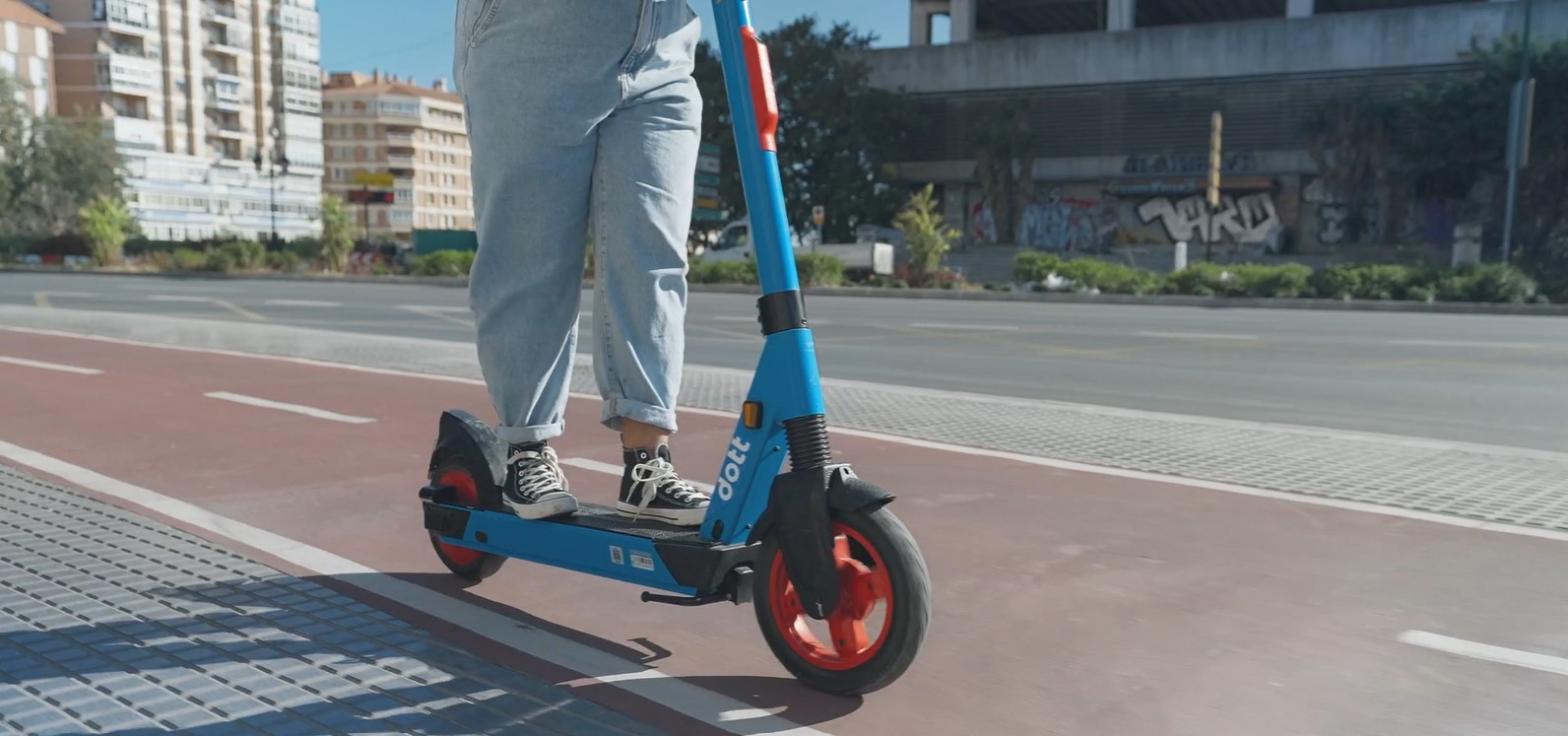Micromobility has become a widespread phenomenon in European cities by offering a significant modal shift potential when designed properly. However, this potential is still limited by economic and accessibility constraints: micro-incentives for targeted use cases can improve inclusion and accessibility of the service by enabling an economically viable service in a transparent and efficient manner, and improve accessibility and reliability of publicly available mobility services in these areas.
The goal of the first of Molière’s use cases was therefore to improve micromobility accessibility in socio-economically disadvantaged areas which are also underserved by public transport. The positive impact of micro-incentives was also intended to be evidenced to justify future public subsidies supporting these incentives, and as such has been shared with Dott partner cities through Rideal so that Public Authorities can justify the socio-economic benefits of, and be accountable for, future micro-subsidy programs through access to appropriate data.
The Brussels capital region was chosen as the use case site as Dott, the lead partner of this use case, has very well-established operations since 2019. While one particular use case for micro-subsidies was analysed, there was engagement with mobility experts from Bristol, Budapest, Dublin, Düsseldorf, London, Milan, Madrid, and Oslo to identify other relevant use cases and how benefits could be maximised.
For the micro-incentives to apply, two geospatial criteria were applied as validated by Galileo geofencing technology: low-income combined with low-accessibility areas. Dott e-scooter’s positioning relies on a GNSS multi-band receiver, which enables efficient geo-fencing technology. While the data transfer of this use-case is not routed via the Molière Mobility Data Marketplace, but instead uses a direct data transfer between Dott and Keita, there are several use cases and benefits of an integrated data transfer in the future.
By incentivising rides in the defined zones, the test consisted in checking whether micromobility demand can be increased compared to the control zones approach, which triggers more supply of vehicles by the operators and thus a more reliable service.
Dott incentivised the usage of e-scooters and e-bikes in the defined zones by a 30% and 70% discount to test the price elasticity of micro-incentives, also amending the marketing and dissemination approach whereas the smaller discount was left at organic growth, and the bigger included a strong promotion campaign in-App. For technical reasons, pass holders were excluded from the pilot test and the incentives only applied to Pay-as-you-Go riders, which account for circa 35% of all Dott riders in Brussels.
Two KPIs were analysed: ride uplift as compared to baseline data in the defined areas and also to control zones, thus extracting seasonal and climatic influencing factors; and cost efficiency (measured as incentive budget / ride) with the two different incentive levels.
Through the Brussels pilot test, the hypothesis that incentivized rides do have a statistically significant positive effect on ride uplift in the defined areas was validated:
- With 17.283 incentivized rides, 442 additional rides were generated compared to the expected demand based on the typical rider volume and normalised against the expected demand in Dott’s control zones.
- When disaggregating this data into e-bikes and e-scooters:
- While for e-bikes, there’s no ride uplift at the 30% discount level, there is a quite strong (3.72%) uplift potential for the 70% discount level.
- For e-scooters the ride uplift potential has reduced when applying the 70% discount (2.18%), compared to the 30% discount level (3.22%).
- The above values need to be evaluated in the context that it was possible to leverage between 7.0% (e-bikes) and 9.5% (e-scooters) of the maximum possible ride uplift in the defined zones.
All in all, the first of Molière’s use cases has been able to evidence that micromobility can be boosted in low-income areas with relative transport poverty with a subsidy per ride of less than 1,00 €.
Micro-incentives are now clear to be an effective way to increase sustainable modes in low-income areas with poor transport connectivity.



